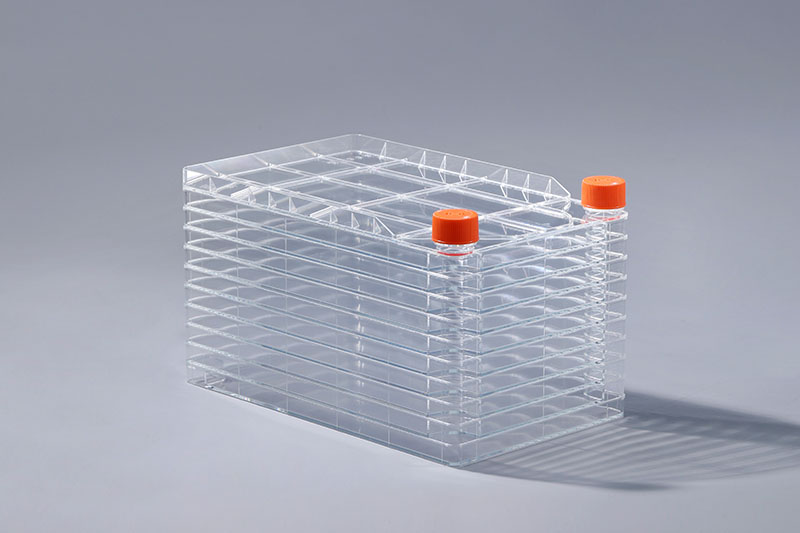Why cell factories need shakers for mass production
With the continuous innovation and rapid development of biotechnology, regenerative medicine and cell therapy have experienced explosive growth, and large-scale cell culture technology has continued to mature. Among them, the cell factory is a commonly used consumable in large-scale cell culture, and this cell culture method generally requires the aid of a shaker.
At present, common large-scale cultured animal cells include CHO, Vero, MRC-5, 2BS, 293T, L929 and human diploid cells. These cells are mainly used in erythropoietin, monoclonal antibody preparation, vaccine production and other products. The large-scale culture of animal cells in vitro requires high-density mass production in cell culture containers under the conditions of artificially set temperature, humidity, pH and dissolved oxygen.
Among many large-scale culture methods, cell factories have the characteristics of saving space, reducing labor input, and avoiding pollution, and are gradually favored by scientific research institutions and pharmaceutical companies. Generally, large-scale production in cell factories requires the help of a shaker. This is because there are many layers of containers in large-scale culture. Using a shaker can realize the automation of operations such as liquid feeding, cell mixing, and digestion and effluent during culture. and high efficiency, reducing errors caused by heavy manual operations and human factors.
In addition, the use of a shaker can play a role in mass transfer, which is conducive to the sampling and determination of different parameters. Therefore, when using cell factories for large-scale culture, a shaker is generally used to improve the culture efficiency and ensure the smooth progress of cell culture.

评论
发表评论